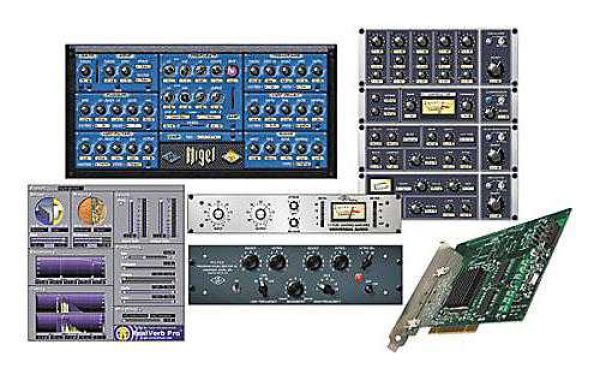The filter capacitor refers to an energy storage device installed at both ends of the rectifier circuit to reduce the ripple coefficient of the AC pulsation and improve the high-efficiency and smooth DC output. Because the filter circuit requires the energy storage capacitor to have a large capacitance. Therefore, most filter circuits use electrolytic capacitors. Electrolytic capacitors get their name from the fact that they use an electrolyte as the electrode (negative pole).
AC filter capacitors are used in a variety of applications, such as audio and video equipment, where it is important to remove any unwanted frequencies that may be present in the signal. They are also commonly used in power supplies to help improve power quality by removing any unneeded AC components.
The filter capacitor is an energy storage device that is connected in parallel at the output end of the rectifier power supply circuit to reduce the ripple coefficient of the AC pulsation and smooth the DC output. In the electronic circuit that converts AC to DC power supply, the filter capacitor not only makes the DC output of the power supply smooth and stable, reduces the influence of alternating pulsating current on the electronic circuit, but also absorbs the current fluctuations and Interference from the AC power supply in series makes the electronic circuit work more stable.
In order to obtain a good filtering effect, the capacitor discharge must be slow, the slower the capacitor discharge, the smoother the output voltage and the better the filtering effect. The speed of capacitor discharge is related to the capacity C of the capacitor and the load R. The larger C and R are, the slower the capacitor discharges.
At the same time, the capacitance of the filter capacitors selected in the filter circuit is relatively large, the most commonly used electrolytic capacitors are hundreds to thousands of microfarads, and tantalum capacitors or niobium capacitors are also used in high-demand occasions; but in tens of kilohertz or even In the case of higher frequencies, the requirements for frequency characteristics are much more important than those for capacity.
Filter capacitors are used in power rectification circuits to filter out AC components. Make the output DC smoother. And for precision circuits, the combination of parallel capacitor circuits is often used at this time to improve the working effect of filter capacitors.
Low-frequency filter capacitors are mainly used for mains power filtering or filtering after transformer rectification. million Hz. Filter capacitors play a very important role in switching power supplies. How to correctly select filter capacitors, especially the selection of output filter capacitors, is a matter of great concern to every engineer.
AC filter capacitors are used to smooth out the ripple in the DC voltage supplied by the AC power supply. They are commonly used in power supplies where the DC voltage comes from an AC rectification circuit. When the AC input voltage is lower than the DC voltage, the capacitor stores energy and releases it into the DC circuit, thus providing a stable DC output voltage.
Ordinary low-frequency electrolytic capacitors begin to show inductance at about 10,000 Hz, which cannot meet the requirements of switching power supplies. The high-frequency aluminum electrolytic capacitor dedicated to the switching power supply has four terminals. The two ends of the positive aluminum sheet are respectively drawn out as the positive electrode of the capacitor, and the two ends of the negative aluminum sheet are also respectively drawn out as the negative electrode. The current flows in from one positive terminal of the four-terminal capacitor, passes through the capacitor, and then flows from the other positive terminal to the load; the current returning from the load also flows in from one negative terminal of the capacitor, and then flows from the other negative terminal to the negative terminal of the power supply.








